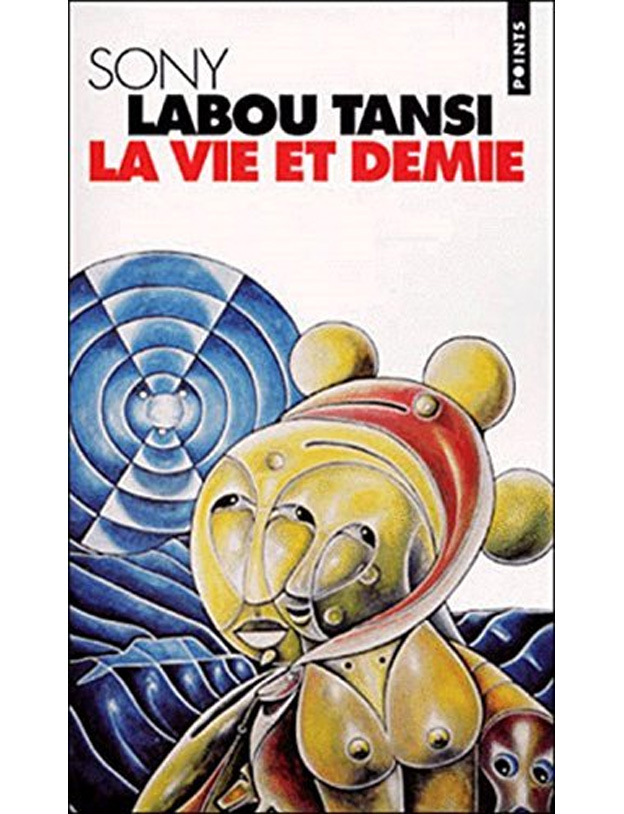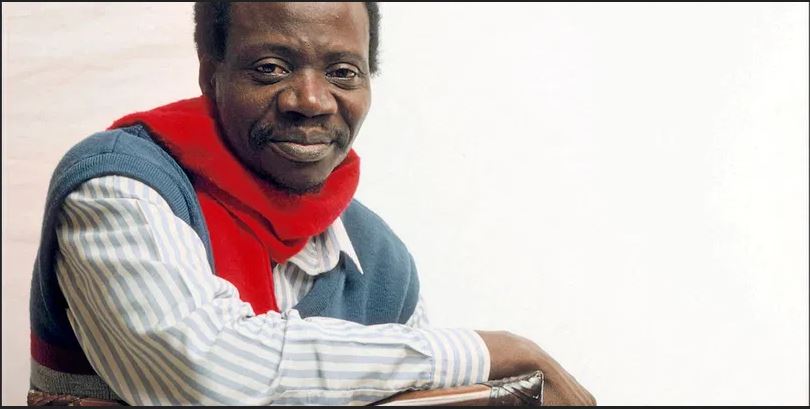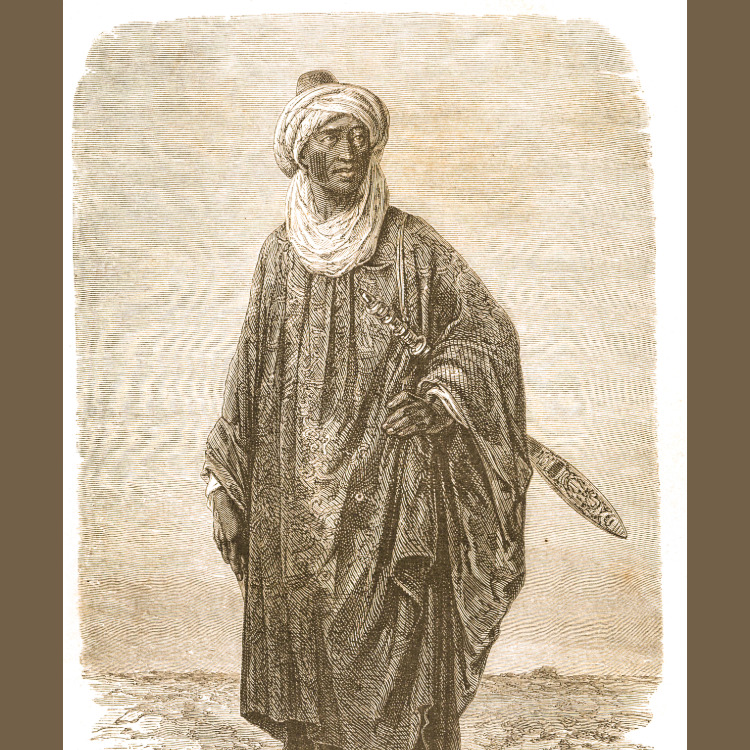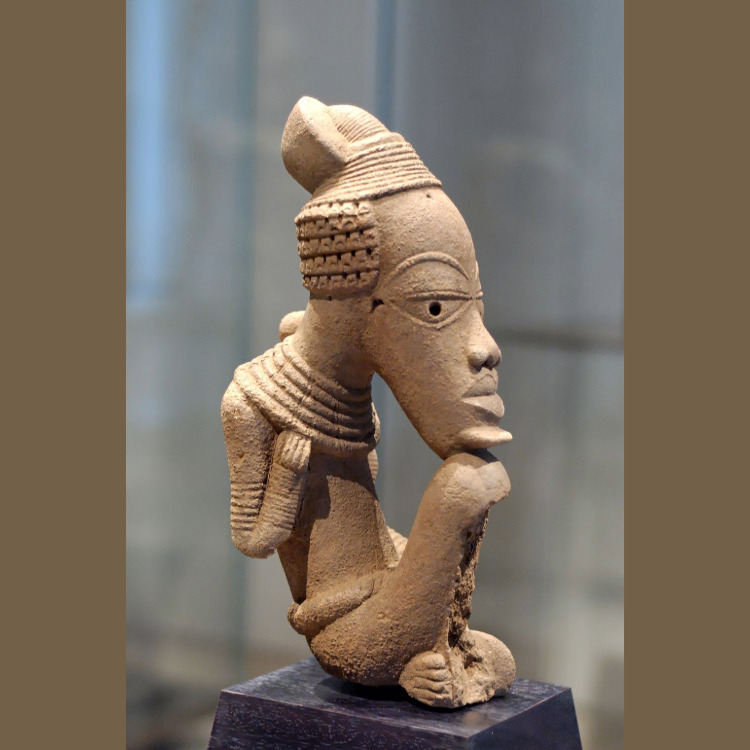La vie et demie – Sony Lab’ou Tansi
Plot Summary
La vie et demie (translated as Life and a Half) is not an easy book to summarize because it feels like a dream, a nightmare, and a piece of history all at once. It is written with a mix of magical realism, satire, and biting political critique. The novel is about dictatorship, power, and the way ordinary people survive in the face of cruelty.
The story begins with the death of “the Guide,” a ruthless dictator of an unnamed African country. He is the kind of ruler who silences anyone who dares to challenge him. But when he kills Martial, a man who openly opposes him, something strange happens: Martial refuses to “die properly.” Even though his body is dead, his presence, his voice, and his spirit linger on, haunting the Guide and inspiring the people.
From here, the novel grows into a wild, imaginative tale. Martial’s daughter, Chaïdana, becomes central to the story. She represents resilience, femininity, and the stubbornness of life itself. Through her, and through Martial’s unshakable spirit, the people are reminded that dictators cannot fully kill truth or hope. The “life and a half” in the title speaks to this. Life doesn’t stop even when violence tries to cut it short. There is always something left behind, something that refuses to be erased.
The book is chaotic on purpose. It mirrors the chaos of dictatorship and postcolonial Africa, where governments were often more brutal than the colonial powers they replaced. The language is sharp, poetic, and at times very darkly humorous. Lab’ou Tansi mocks the absurdity of leaders who act like gods, showing them as ridiculous even in their cruelty.
At the same time, the novel celebrates endurance, he ability of people to laugh, love, and resist even when the world seems broken. It reminds us that dictatorships can destroy bodies, but not always souls.
About the Author
Sony Lab’ou Tansi (1947–1995) was one of Africa’s most original and fearless writers. He was born in the Republic of Congo (then called French Congo). His real name was Marcel Ntsoni, but he took the pen name “Sony Lab’ou Tansi” when he began writing plays and novels.
He lived through a time when many African countries were ruled by authoritarian leaders, and his works reflect this reality. He used satire, irony, and surreal images to criticize corruption and abuse of power. Because of his sharp tongue and fearless pen, he often clashed with the authorities in Congo.
Lab’ou Tansi was not only a novelist but also a playwright. He founded a theater group called Rocado Zulu Theatre, which staged his politically charged plays. His theater became a space where people could laugh at their leaders and recognize the absurdity of oppression.
Internationally, he became famous for novels like La vie et demie (1979), L’État honteux (The Shameful State, 1981), and Les Sept Solitudes de Lorsa Lopez (1985). His style was unique—mixing the grotesque with the beautiful, turning dictatorship into dark comedy, and using magical realism in a very African way.
Sadly, his life was cut short. He died in 1995 of AIDS-related illness, at just 48 years old. Yet in his short life, he left behind a powerful literary legacy. His works continue to be read around the world as some of the boldest African critiques of dictatorship, oppression, and human survival.
latest video

nia via inbox
Stay connected. Subscribe and get updated on what's new with Nia!








